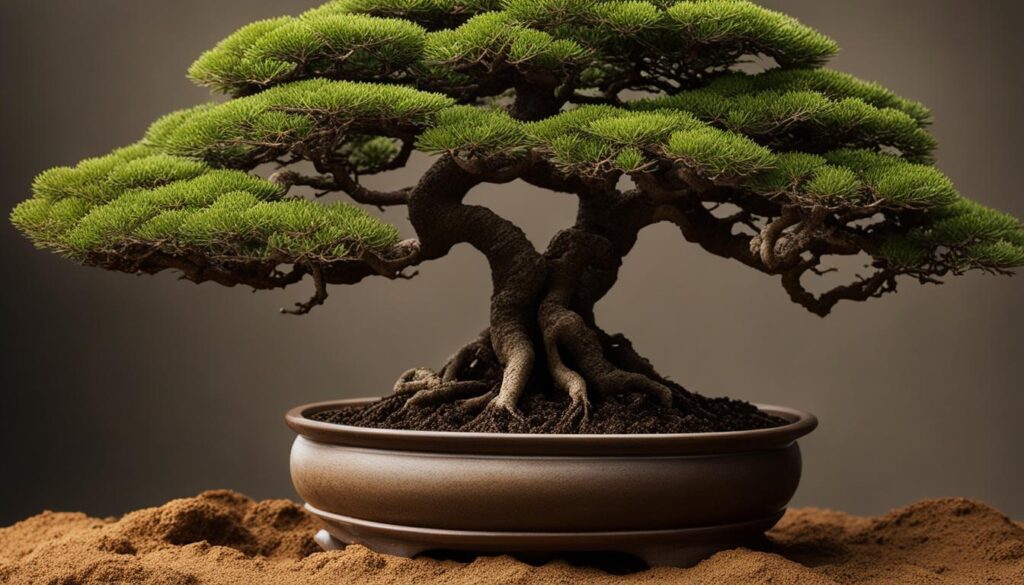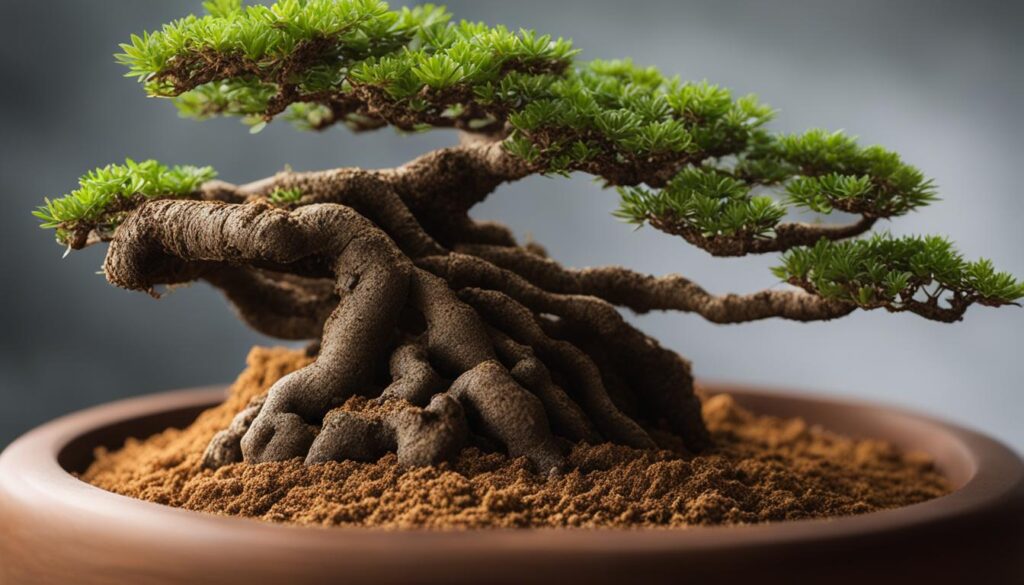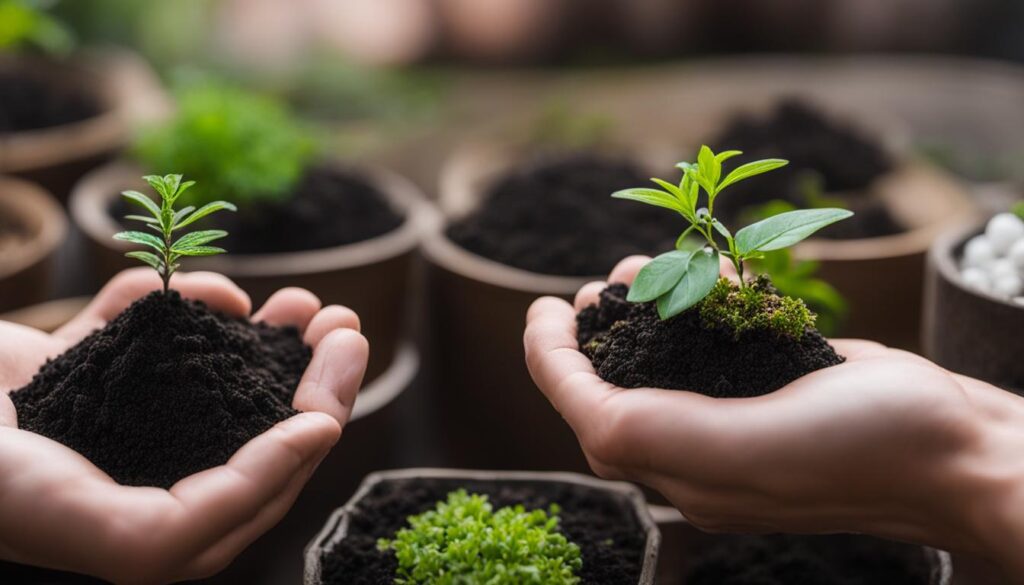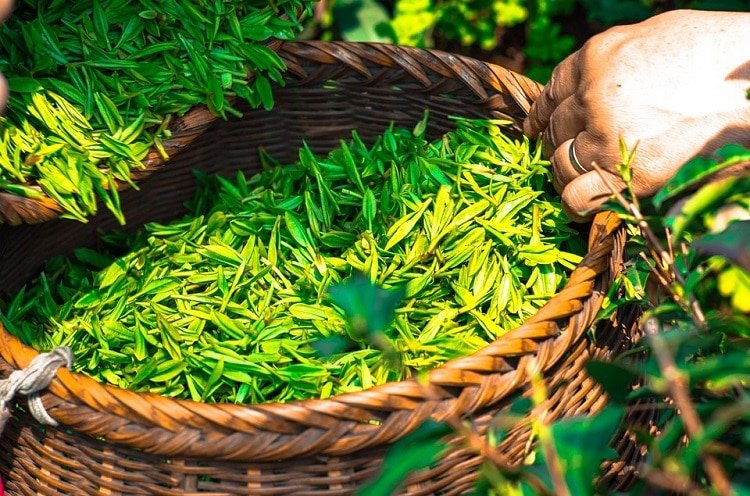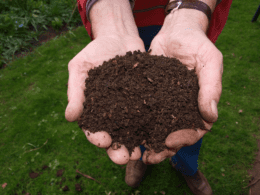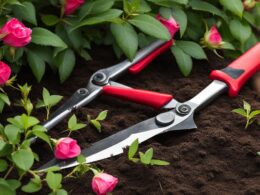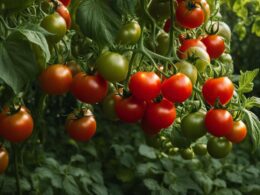As a dedicated bonsai enthusiast, you’re always seeking ways to boost the health and growth of your cherished trees. With Akadama becoming increasingly expensive and harder to find, it’s natural to consider alternative soil options. In this article, we explore various bonsai soil alternatives that cater to your tree’s specific needs and contribute to its overall well-being. From organic to inorganic substrates, we’ll help you find the perfect balance for your bonsai’s growth and longevity.
Key Takeaways
- Discover bonsai soil alternatives that address the rising cost and supply issues of Akadama.
- Understand the crucial role that the right soil mix plays in overall bonsai tree health.
- Learn about the debated necessity of Akadama and consider other substrates like volcanic soil for supporting bonsai growth.
- Find practical tips for crafting a customized, tree-specific organic bonsai soil mix.
- Evaluate the pros and cons of commercial vs. DIY soil mixes for your bonsai collection.
Understanding the Role of Soil in Bonsai Health
When it comes to nurturing a healthy bonsai, a proper understanding of bonsai soil mixtures is of utmost importance. The right soil mix can greatly impact the overall health of your bonsai tree by supporting its root development, affecting several crucial aspects such as drainage, water absorption, nutrition, aeration, and stability. Selecting an appropriate substrate is key in addressing the specific needs of different bonsai species and ensuring optimal growth.
While choosing a suitable bonsai soil mix, it’s vital to consider factors such as soil pH for bonsai, draining capabilities, moisture level, and organic content. An ideal mix should strike the right balance between providing essential nutrients for bonsai, promoting efficient drainage to prevent root rot, and maintaining adequate water retention to keep the tree sufficiently hydrated.
- Soil pH: The majority of bonsai trees naturally thrive in slightly acidic to neutral pH levels (6.0 to 7.0). However, always consult a bonsai expert or conduct research to determine the optimal pH for the particular bonsai species in question.
- Drainage: Proper drainage is crucial for preventing root rot, fungal infections, and other complications caused due to excess moisture. A bonsai soil mix should facilitate good water drainage while ensuring adequate moisture retention.
- Moisture Retention: Bonsai trees need a consistent level of moisture to support healthy growth. A soil mix should retain water long enough to provide the tree with the necessary hydration, without causing any stagnation that could lead to potential root complications.
- Organic Content: Bonsai soil mixtures should have an appropriate balance of organic and inorganic components. Organic materials, such as bark and peat moss, help retain moisture and provide essential nutrients, whereas inorganic materials, like volcanic lava rocks, contribute to aeration and drainage.
Considering the aforementioned factors, it’s crucial to devise your bonsai soil composition accordingly to cater to the individual requirements of each tree species. The following table highlights some examples of bonsai species-specific soil mix recommendations:
| Bonsai Species | pH Range | Drainage Requirement | Organic Content |
|---|---|---|---|
| Japanese Maple (Acer palmatum) | 5.5-6.5 | High | 40-60% |
| Juniper (Juniperus) | 6.0-7.0 | High | 10-30% |
| Chinese Elm (Ulmus parvifolia) | 6.5-7.5 | Medium | 40-60% |
| Azalea (Rhododendron) | 4.5-6.0 | Medium | 50-70% |
It’s important to conduct research and consult expert advice to create the appropriate bonsai soil mix for your specific tree. Customizing the mix according to the tree’s unique needs will go a long way in promoting the holistic health of your cherished bonsai.
The Debate Over Akadama: Is It Essential for Bonsai?
As the Akadama debate continues within the bonsai community, experts have varying opinions on whether this traditional substrate is essential for bonsai trees. The nuances of bonsai soil and the choice of substrate play a significant role in maintaining the health of these delicate miniature trees.
Expert Opinions on Akadama’s Benefits and Drawbacks
Some bonsai experts believe that Akadama is an indispensable component of bonsai soil, primarily for specific tree species such as Japanese maples. They argue that Akadama offers excellent water retention and proper drainage, contributing to ideal root growth conditions.
However, critics of Akadama point out its potential drawbacks, such as the soil compaction it can cause in coniferous bonsai trees. Additionally, the breakdown of Akadama over time can lead to decreased aeration in the soil, negatively impacting root health. These concerns, coupled with the rising cost and limited availability of Akadama, have led to the exploration of alternative substrates.
Alternative Components for a Balanced Bonsai Substrate
Many bonsai enthusiasts look for locally sourced soils and volcanic soil for bonsai when seeking alternatives to Akadama. The availability and cost of these alternatives depend on regional factors, leading to the formulation of various bonsai substrate essentials that provide the necessary characteristics for healthy bonsai growth.
Various bonsai soil mix recipes have evolved, including mixtures that incorporate lava rock, pumice, and other organic materials such as horticultural charcoal and decomposed granite. Some bonsai practitioners even opt for 100% volcanic soil mixes or incorporate organic materials like sphagnum peat combined with pebbles to improve drainage and aeration.
| Substrate | Benefits | Drawbacks |
|---|---|---|
| Akadama | Excellent water retention and drainage | Compaction in conifers, breakdown over time |
| Volcanic Soil | Improved aeration, locally available | May require additional nutrients |
| Pumice | Lightweight, enhances drainage | Insufficient water retention on its own |
| Organic Substrates | Biodegradable, encourages beneficial microorganisms | May decompose too quickly |
In conclusion, the choice of whether to use Akadama or alternative substrates in bonsai soil mixes depends on personal preferences, regional factors, and the specific needs of your bonsai trees. Both options have their advantages and disadvantages, so research and experimentation can help you determine the most suitable solution for your bonsai collection.
Making Sense of Bonsai Soil Alternatives
As bonsai enthusiasts look for alternatives to Akadama, it’s essential to understand each option’s characteristics and how they might impact the health and growth of your bonsai trees. Several Akadama substitutes exist, offering unique benefits and challenges when used as part of a bonsai soil mix.
- Cat Litter: Inert, unscented, and non-clumping cat litter can serve as a cost-effective and readily-available bonsai soil component, providing good drainage and root penetration.
- Turface: Sometimes used as a oncrete Akadama substitute, Turface is a calcined clay product that can significantly improve water retention and aeration while promoting strong root growth.
- Volcanic Pumice: Featuring excellent drainage properties, water retention, and air circulation, volcanic pumice for bonsai can be an ideal alternative to Akadama in soil mixes. It also helps in maintaining proper nutrient balance.
When considering these alternatives, it’s necessary to weigh their potential benefits against potential drawbacks, such as contaminants or nutrient imbalances that could affect the health of your bonsai trees. To assist you in making an informed decision, the table below compares Akadama with popular alternatives regarding key bonsai soil ingredients and properties:
| Soil Ingredient | Akadama | Cat Litter | Turface | Volcanic Pumice |
|---|---|---|---|---|
| Drainage | Good | Excellent | Good | Excellent |
| Water Retention | Good | Average | Excellent | Good |
| Air Circulation | Good | Average | Good | Excellent |
| Root Penetration | Good | Good | Good | Good |
| Nutrient Holding Capacity | Good | Poor | Average | Good |
| Breakdown Rate | Moderate | Slow | Slow | Slow |
In conclusion, while alternatives to Akadama exist and may provide a cost-effective solution, careful thought must be given to their impact on drainage, water retention, aeration, root penetration, and nutrient availability. Before committing to a soil alternative, thoroughly research the specific needs of your bonsai species and tailor your soil mix to ensure optimal bonsai longevity.
How to Mix and Match: Crafting Your Own Bonsai Soil Blend
Creating a custom bonsai substrate tailored to your tree species’ needs can be a rewarding experience and improve your bonsai’s health. This section will discuss selecting the right components based on tree species and provide a step-by-step guide on mixing the perfect bonsai soil.
Selecting the Right Components Based on Tree Species
Different tree species have distinct soil requirements, and it is essential to customize your bonsai soil blend accordingly. Here are a few examples:
- Azaleas: These trees thrive in acidity-regulated soil, such as Kanuma, which can help maintain the appropriate pH levels.
- Pines: A mixture rich in pumice or Kiryu can benefit pine trees by providing better drainage conditions.
- Maples: If you have a Japanese maple, a blend incorporating a mix of Akadama and pumice might be ideal for your tree’s requirements.
Keep in mind that these are just examples, and it is crucial to research and understand your specific tree species’ soil requirements before creating a custom bonsai substrate.
Step-by-Step Guide to Mixing Your Soil
Follow these steps to create your DIY bonsai soil blend:
- Select ingredients: Choose suitable components for your tree species, including Akadama, pumice, lava rock, or other alternatives.
- Calculate ratios: Determine the correct ratios for your chosen ingredients based on your tree’s needs. This may require some experimentation and adjustments over time.
- Screen components: Use mesh screens to sieve your ingredients, removing any large chunks, dust, or debris.
- Mix thoroughly: Combine the sieved ingredients in a large container, ensuring an even distribution of all components.
- Store or use immediately: Your custom bonsai soil blend is ready to be used for repotting or stored in a dry, cool place for future use.
Create the perfect bonsai soil blend by following these steps and considering your tree species’ specific requirements. Experimenting with different ratios and components can help you find the best mix for optimal bonsai health.
Recommended Bonsai Soil Mixtures: Commercial vs. DIY
The quest for the best bonsai soil can be a daunting one, with many factors to consider, from cost to accessibility and performance. To simplify this journey, we have compared various commercial bonsai soil options and DIY bonsai soil mix alternatives to help you make an informed decision.
Evaluating Top Market Choices for Bonsai Soil Mixes
One approach is selecting a commercial bonsai soil mix that suits your needs. These products generally offer convenience and consistent quality, with blends catering to specific trees or being all-purpose. Let’s examine some popular choices.
| Brand/Blend | Composition | Best For | Price Range |
|---|---|---|---|
| Tinyroots Bonsai Soil Blend | Double-sifted pine bark, calcined clay, and volcanic soil | All-purpose use | $$ |
| Perfect Plants Bonsai Soil Mix | Pine bark, perlite, and calcined clay | All-purpose use | $ |
| Organic Bonsai Mix | Organic compost, pine bark, and pumice | Environmentally-conscious gardeners | $$ |
As seen above, each commercial mix offers its blend for various preferences and price points. Organic bonsai mixes are particularly popular due to their non-chemical composition, which makes them environmentally friendly.
Alternatively, you can create your DIY bonsai soil mix tailored to your tree’s specific needs. Below are the steps to craft a customized mix.
- Research your tree species’ specific requirements for soil elements (e.g., drainage, moisture, and nutrients).
- Select components that meet these needs, such as Akadama, pumice, or sphagnum peat moss.
- Determine the ideal ratio of components based on your tree’s preferences.
- Screen each component to remove small particles, dust, and debris.
- Mix the components thoroughly to achieve a consistent blend.
- Store your DIY mix in a clean, airtight container to maintain its quality.
By leveraging either commercial or DIY bonsai soil mixes, you can provide the optimal growing environment for your bonsai trees. Ultimately, the choice depends on factors like convenience, cost, and personal preferences. Stay informed, and your bonsai will flourish under your thoughtful care.
Can Premium Orchid Soil Be Used as an Alternative for Bonsai Soil to Boost Tree Health?
Yes, premium orchid soil can be used as an alternative for bonsai soil to boost tree health. Its well-draining properties and nutrient-rich composition make it suitable for bonsai trees. The airy texture of premium orchid soil allows for proper root aeration and moisture retention, promoting overall tree health.
Conclusion
Attaining optimal bonsai health starts with making informed choices when it comes to soil and substrate selection. The right bonsai soil mix plays a crucial role in the overall health and well-being of your beloved tree, affecting factors such as moisture retention, drainage, and nutrient content. Whether you opt for high-quality commercial blends or prefer customizing your own DIY mixes for specific species needs, it is essential to consider the unique requirements of your bonsai tree.
Substrate selection for bonsai should be based on factors like acidity, water retention, and drainage capabilities, which may require different blends for different types of bonsai. Moreover, it’s important to weigh the advantages and disadvantages of traditional Akadama and other alternatives, such as volcanic soils and organic materials. These choices can not only benefit the health of your tree but may be more suited to your regional climate or budget constraints.
As you continue your journey in cultivating bonsai soil, remember that the best blends achieve a balance between essential fertility, moisture retention, and appropriate drainage for a healthier root system. Experimentation and research within the bonsai community can help you refine your soil recipes and home in on the perfect mix for your tree. In the end, it is your passion and dedication to bonsai care and cultivation that will truly make a difference in their health and longevity.






